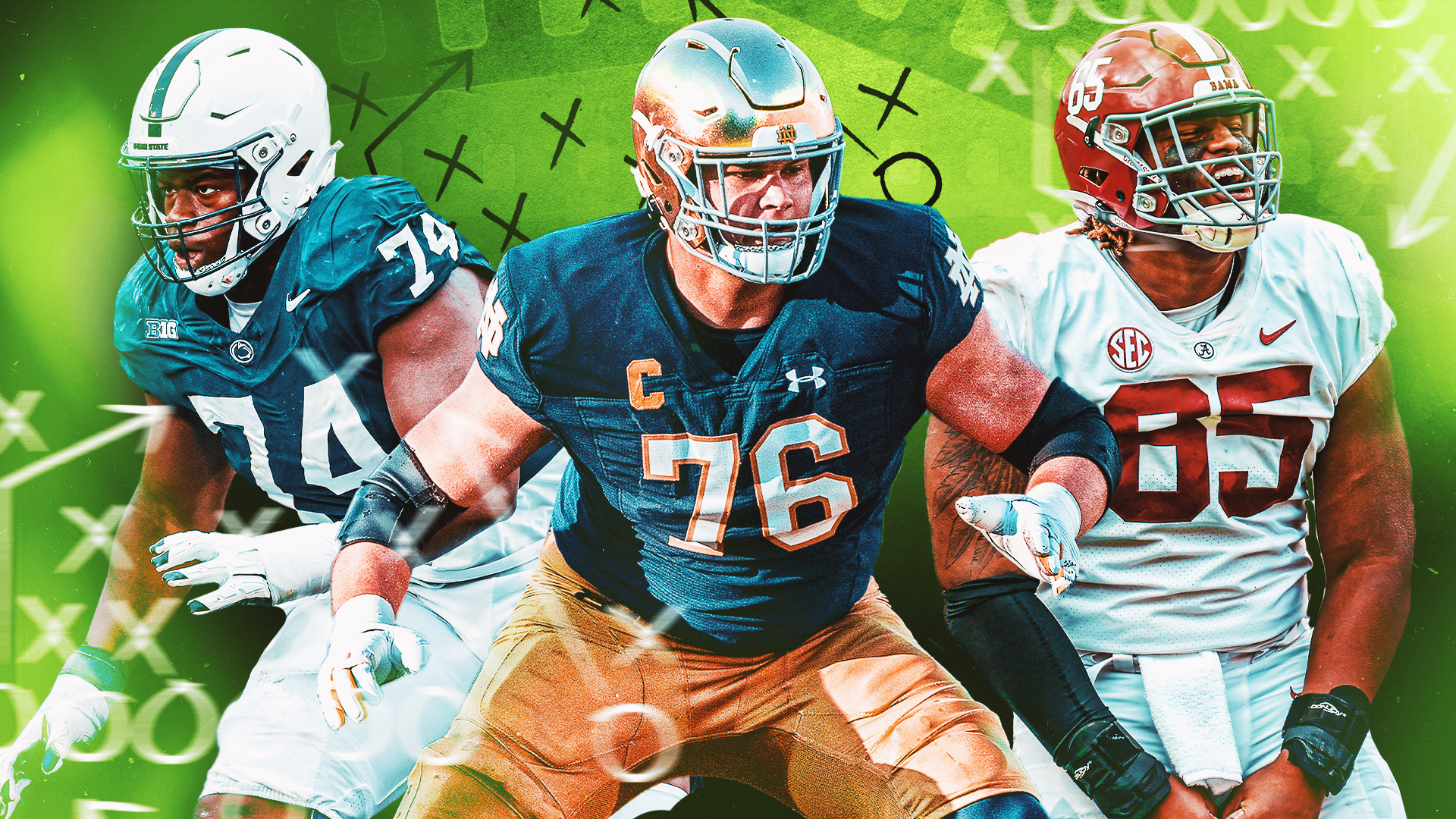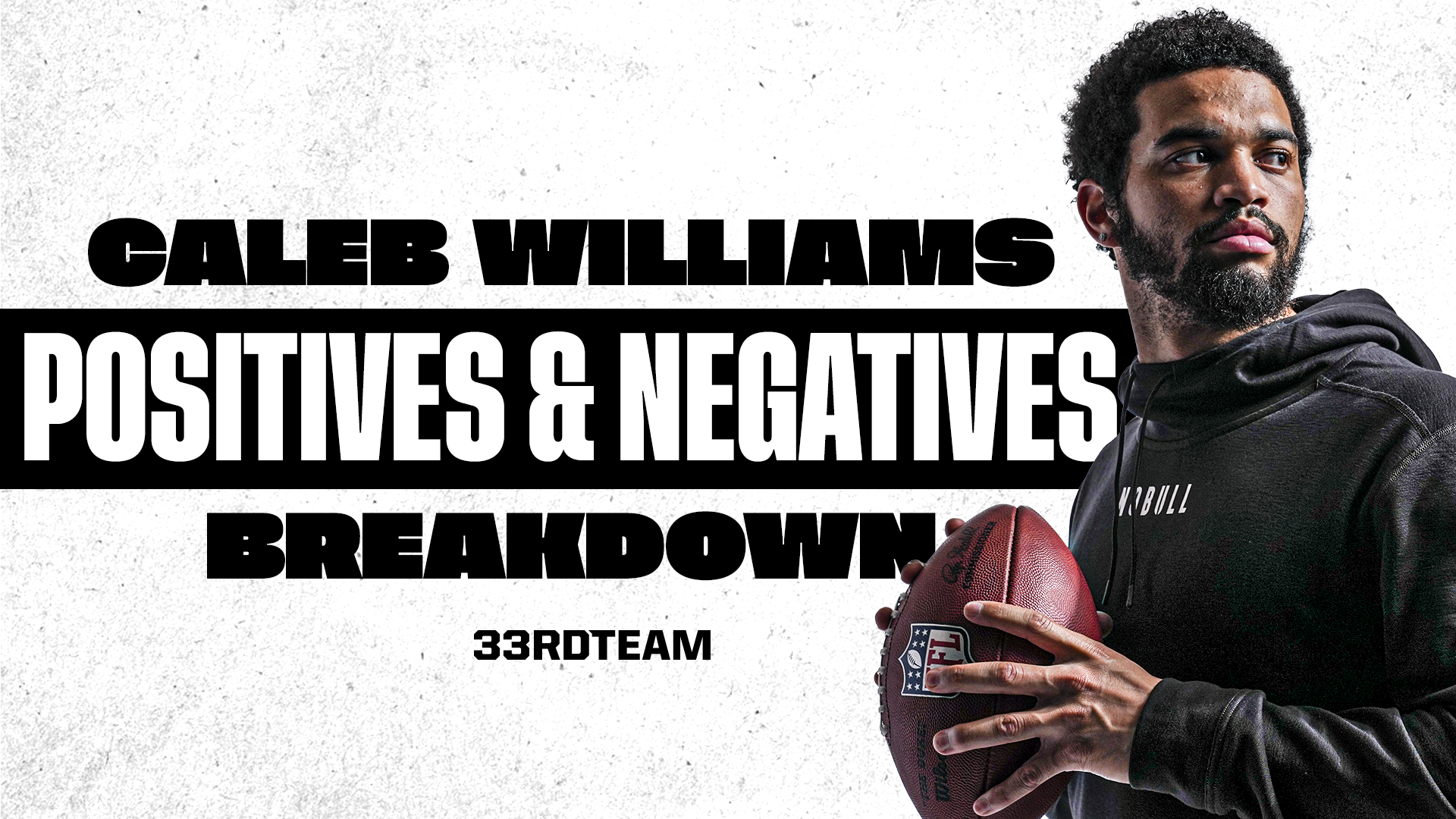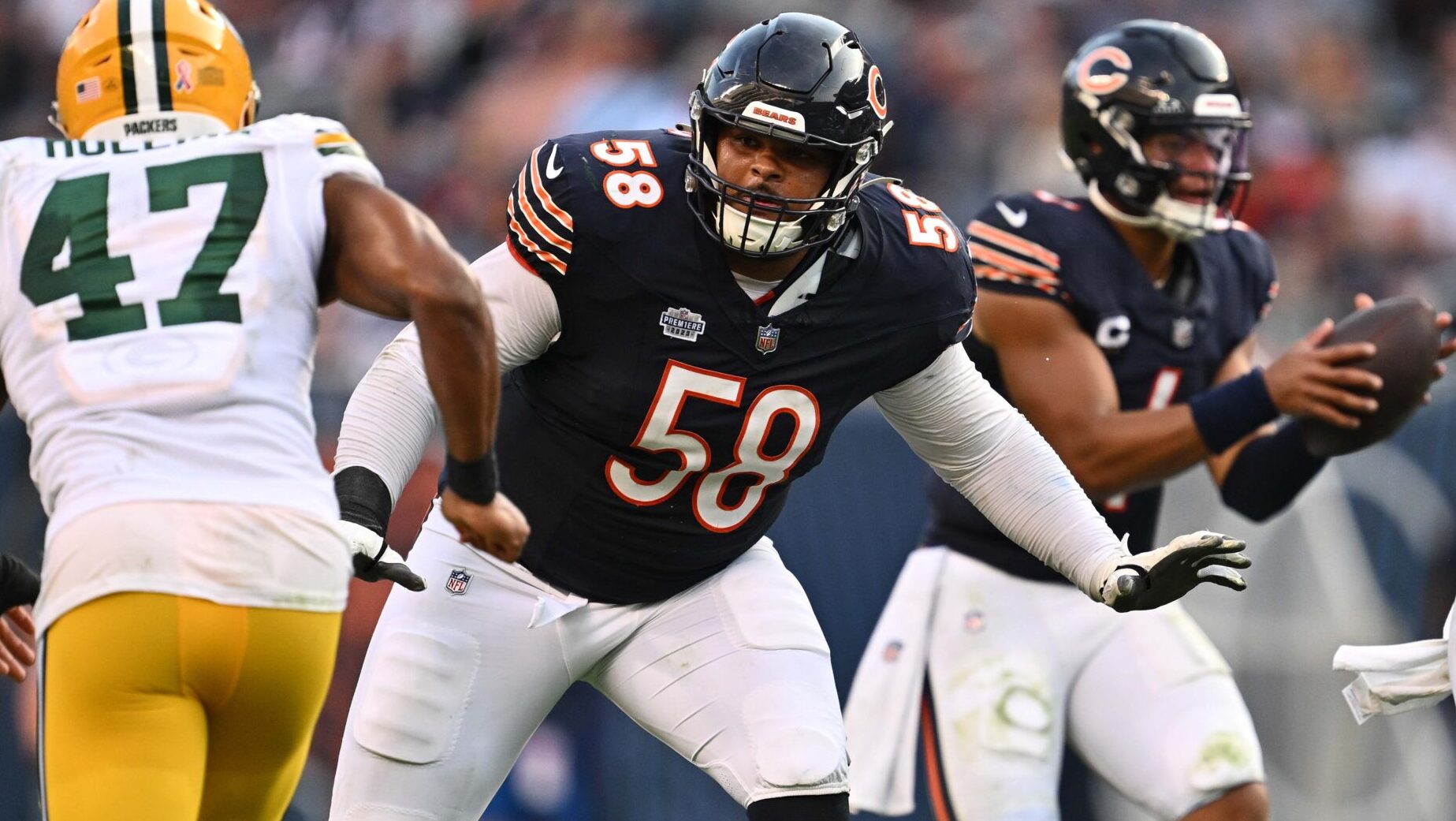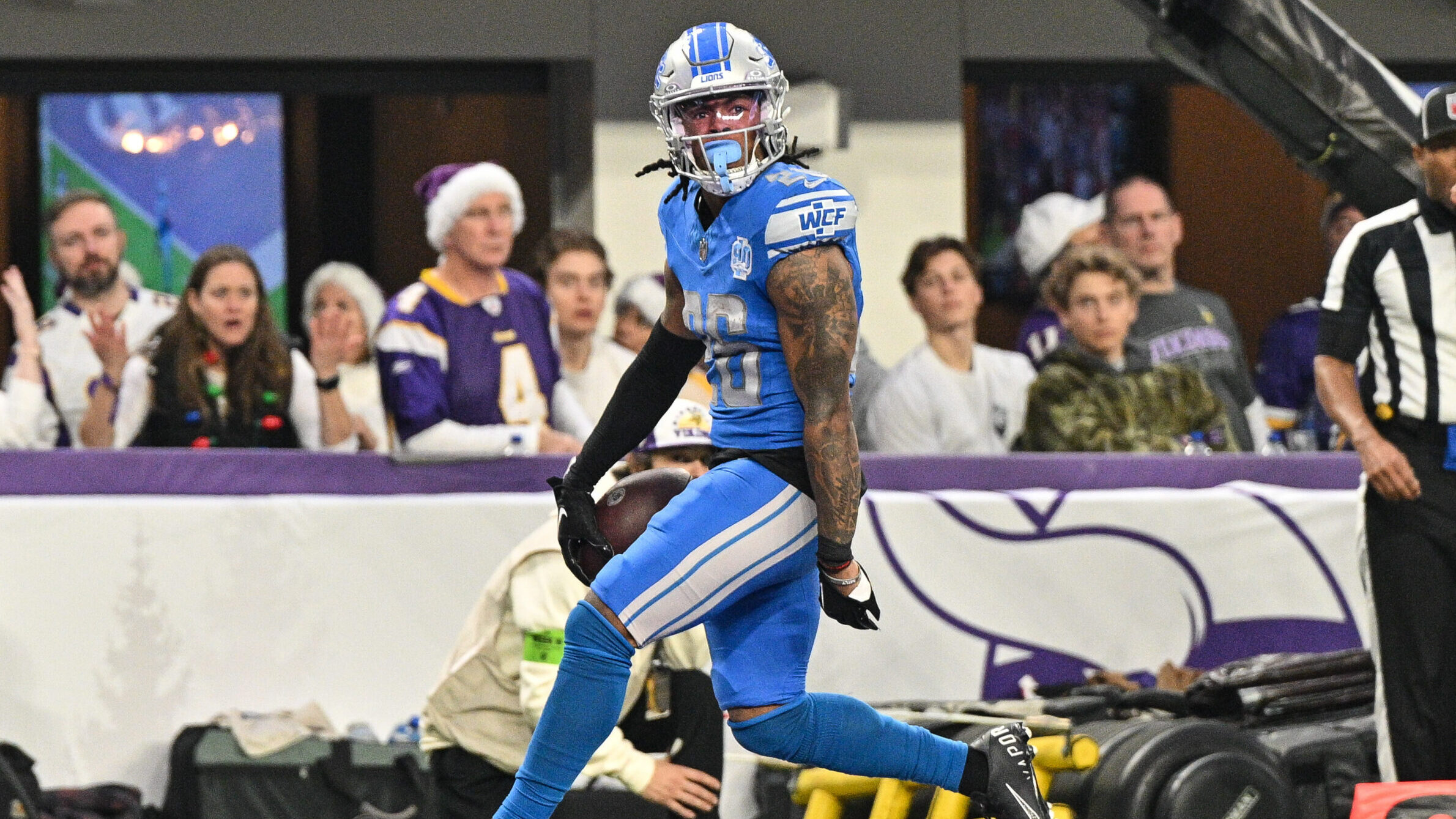Breakdowns
5/3/21
4 min read
Finding Edge Rushers Among the Positional Priorities in Recent Drafts
In the most recent edition of the NFL Draft, we saw eight quarterbacks go in the first three rounds, but only four running backs. This is a huge change from years past -- in 1975, for example, only two quarterbacks were selected in the first round against a whopping 10 running backs. Even in today’s NFL that sees productive rookie runners every year while passers ride the bench for weeks at a time, quarterbacks are considered to have high positional value against low positional value from selecting a running back. By studying the past five drafts, we can see what other positions have been prioritized in the first three rounds by NFL decision makers.
Outside of a very strange 2017 draft that saw an excess of EDGE defenders and cornerbacks picked against far fewer tackles on either side of the ball, we’ve seen fairly consistent numbers at each position. The 2021 draft was actually an outlier in terms of seeing so many quarterbacks selected early and so few running backs, but overall it seems that a weaker DT and S class actually pushed more CBs and OTs up the board.
Looking at the grand totals, we immediately see the impact of a pass-first league with huge numbers of WRs and CBs selected while the primary protectors at the offensive tackle position come in a distant fourth. But the most-selected position -- and the only one with more than 70 early-round selections in the past five drafts -- is the EDGE position. With recent analytics suggesting that the majority of productive ends are drafted early, teams seem to be catching on and subsequently putting an emphasis on getting their guy.
On the contrary, TEs, QBs and the IOL still aren’t seeing many players drafted early, which reflects both the fact that only one QB sees the field at a time, along with limited numbers of TEs and interior offensive linemen, but also that early-round draft picks for TEs and IOL frequently haven’t panned out as well as their later-drafted counterparts.
It might be surprising to see more RBs picked in the first three rounds than QBs, but it’s important to remember that only a few teams need a quarterback in any given year, while every team can conceivably add a strong contributor to its backfield. The 2021 draft seems to be an outlier with the sheer number of teams looking for a new starting quarterback, but it remains to be seen if this is a 2017-like aberration or the start of a new trend.
By bringing out the averages from these drafts, we can start to see a little bit more valuation. Quarterbacks obviously take an enormous jump here, as teams have fought to get their preferred thrower to the point of different trade value charts when targeting a passer. This year alone saw the 49ers and Bears move up for their preferred piece, each giving up future first-round picks.
It’s the tight end position that is least valued in this analysis. Although we consistently see between 5 and 8 selected in the first three rounds, very few make it into the first round and clubs seemingly have decided that the third round is when all but the best are worthy. Even when including the “generational prospects” like Kyle Pitts and T.J. Hockenson -- as well as the 2017 draft that saw three TEs in the first 30 selections -- we are consistently seeing the majority of TEs taken on Day 2.
The 2020 football season and 2021 draft will forever be seen as outliers, but teams actively prioritized the same positions they’ve been targeting for years. QBs, OTs and CBs flew off the board early while many RBs and DTs fell into Day 3. Many choose to see this as bad news for the players at these positions, but it simply means that more talent is available later in the draft for smart GMs to find. As we’ve seen in the recent rise of Kansas City behind third-round TE Travis Kelce and a defense that doesn’t start any former first-round picks, the potential rewards are huge.










